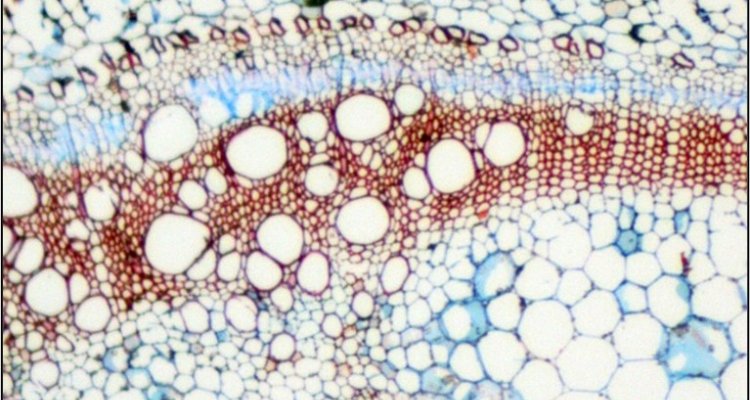
Thesis subject
Evolution and regulation of woodiness in tomato and cabbage
Plants increase their stem and root thickness through a process called secondary growth. This process makes plants more woody, which provides strength for growing tall and provides protection against environmental stresses. Interestingly, derived woodiness has evolved multiple times during evolution, predominantly in herbaceous plant species that grow in dry areas, and it is associated with a delay in flowering time. In this project, we investigate the role of the known flowering time genes FRUITFULL and SOC1 in the regulation of secondary growth (woodiness) in tomato and cabbage.
You can:
- Create CRISPR mutants for interesting genes (PCR, Goldengate cloning, transformation, plant tissue culture), and determine their secondary growth phenotype (genotyping, tissue embedding, histological analysis, ImageJ).
- Perform gene expression analysis (RNA extraction, cDNA synthesis, qPCR).
- Analyze the promoters of the most interesting genes to identify the regions that determine their activity during flowering and cambium/xylem formation (Phylogenetic footprinting, MEME, JASPAR, Yeast one hybrid, EMSA, transient luciferase assays).
Requirements:
Basic knowledge of molecular biology and a keen interest in understanding plant development and evolution.